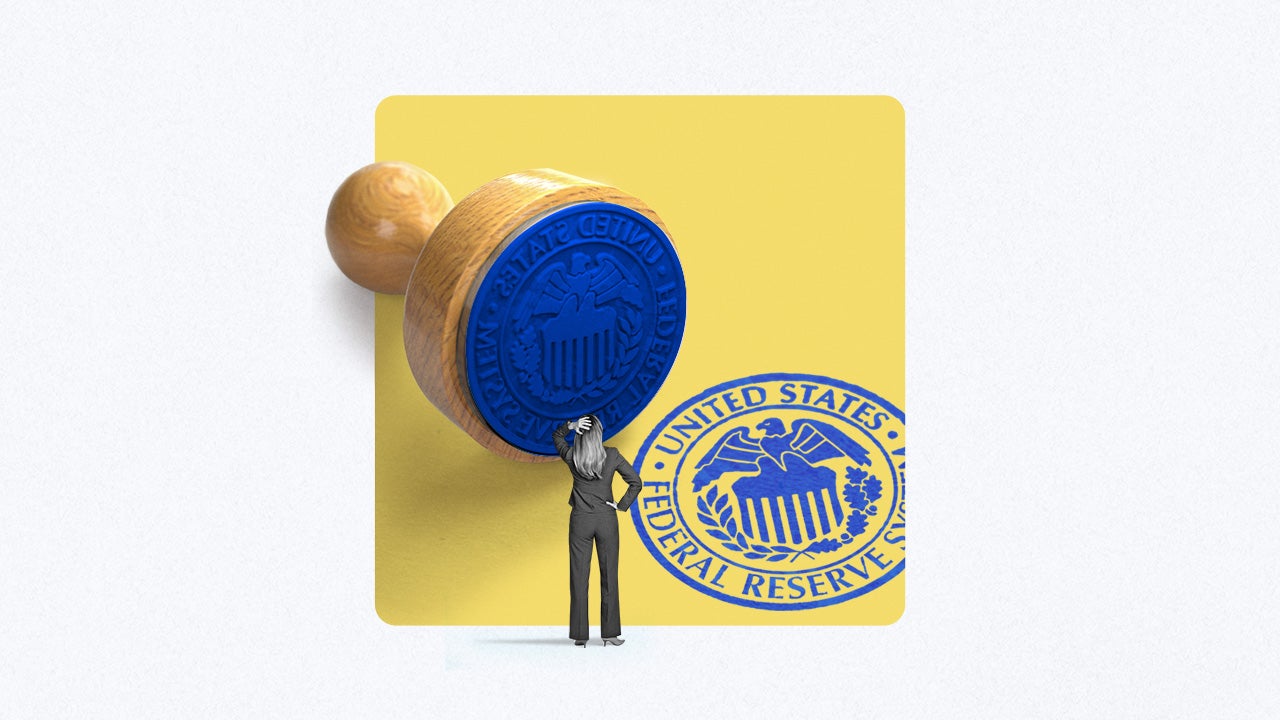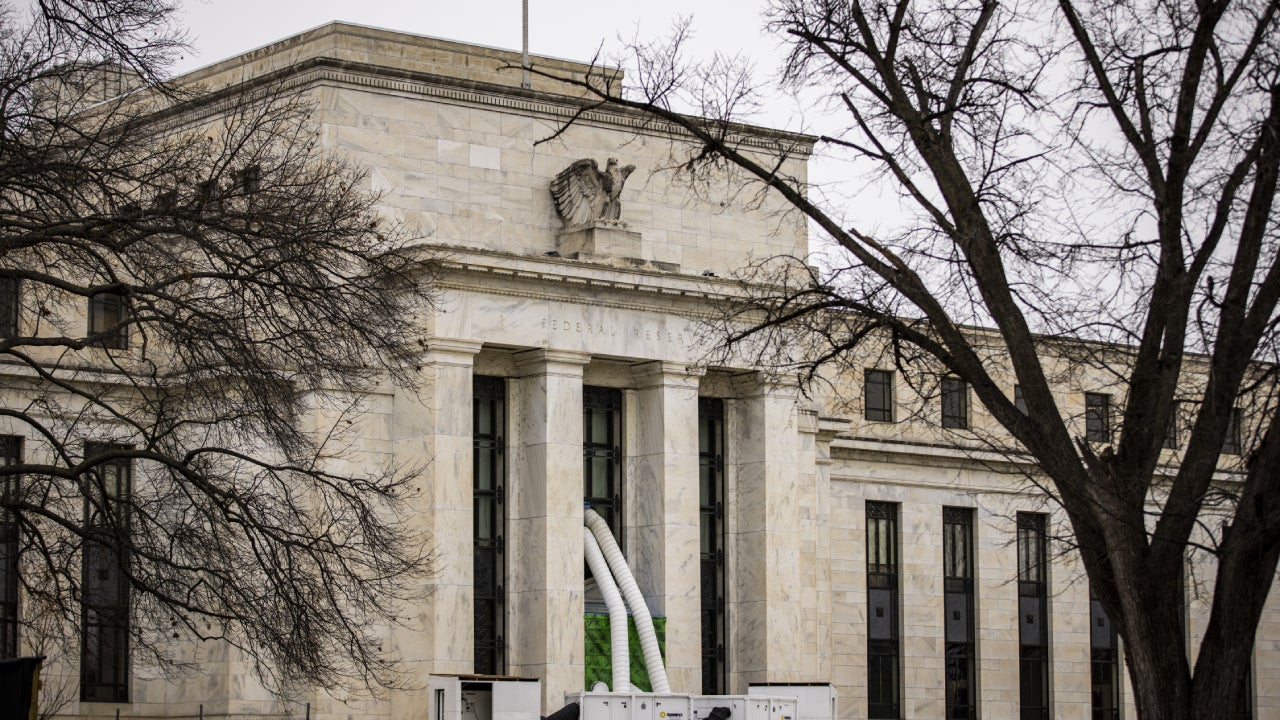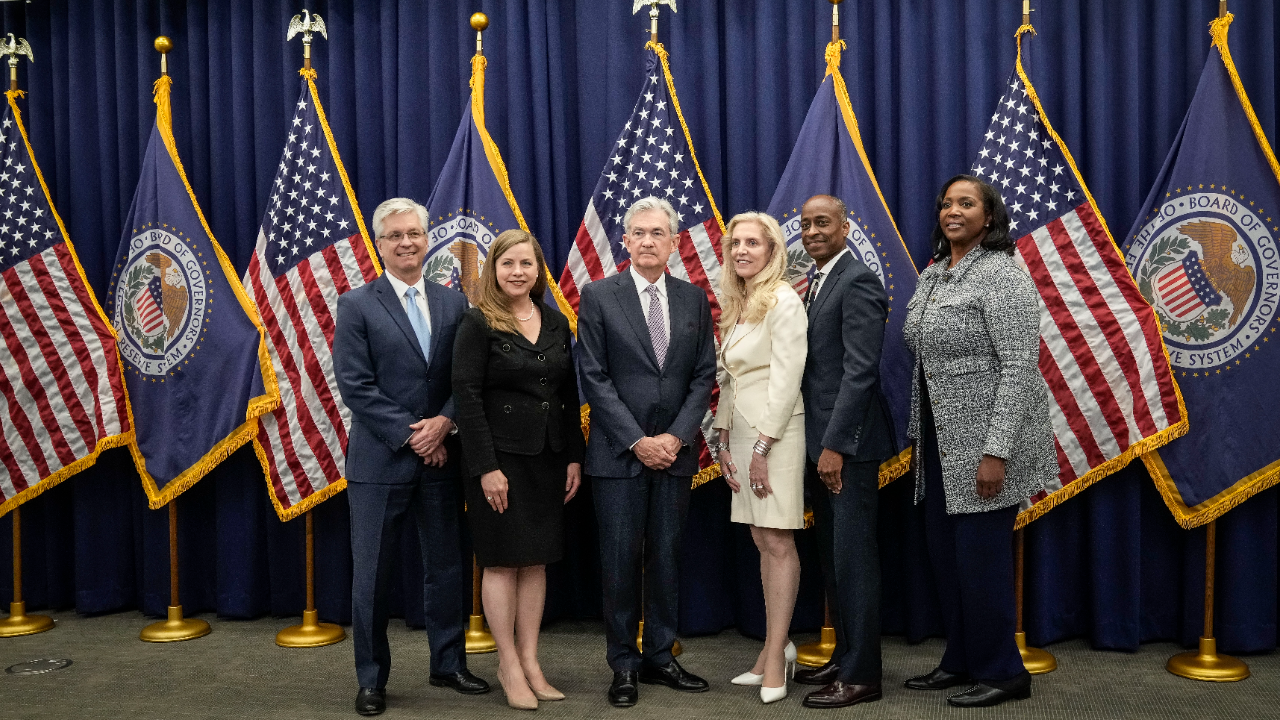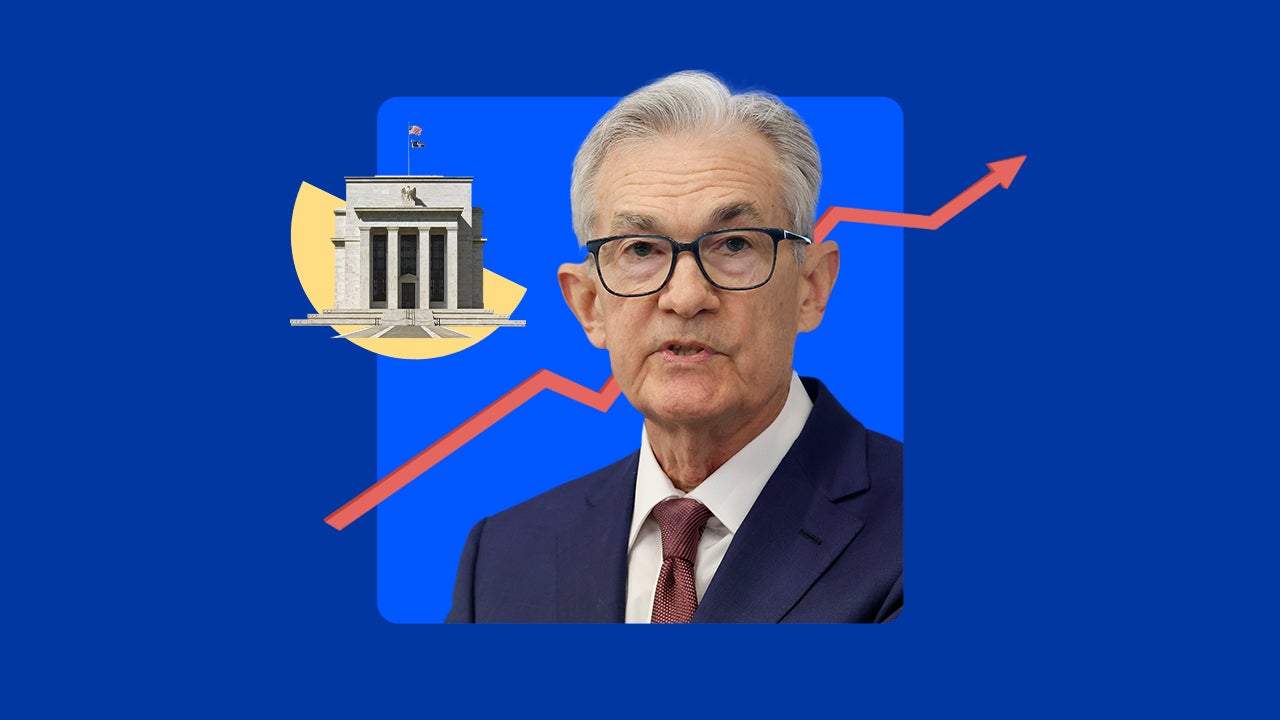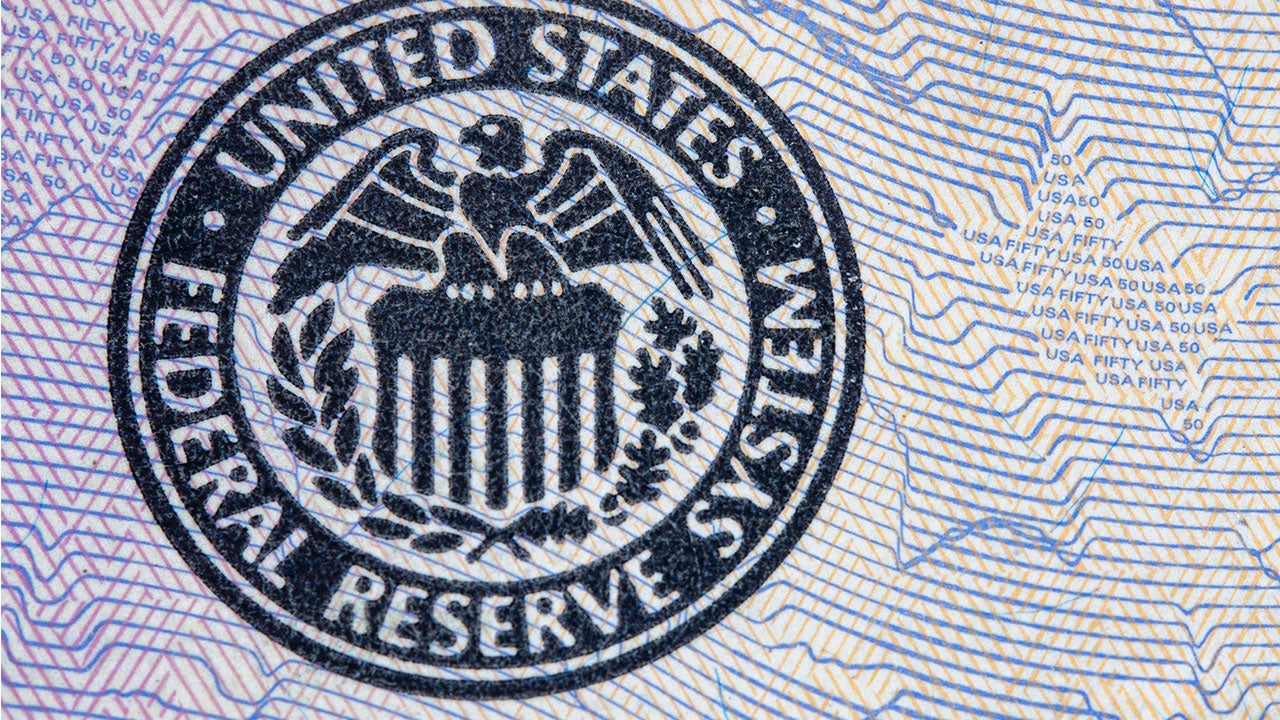The repo market, explained — and why the Fed has pumped hundreds of billions into it
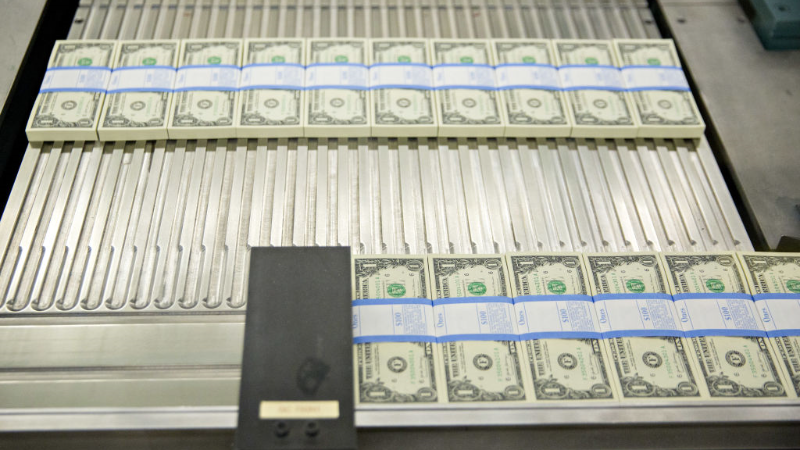
For nearly two years, the Federal Reserve has been entangled in what’s basically one of the world’s most important pawn shops: “the repo market.”
Short for repurchase agreements, the repo market is a complicated, yet important, area of the U.S. financial system where firms trade trillions of dollars’ worth of debt for cash each day. The activities on this market keep the wheels turning on Wall Street and the broader economy.
To further illustrate just how important it is, the Fed in July created two new permanent standing repo facilities — one for domestic authorities and another for international firms — to ensure that this corner of the financial system chugs along smoothly.
That’s almost 23 months after the Fed first learned the hard way that dysfunctions in the repo market can come with disastrous consequences, when a technical glitch in September 2019 caused short-term interest rates to surge well above the Fed’s target range. That occurred again at the onset of the pandemic, when jittery investors started dumping Treasury securities in a quest for cash and prompted U.S. central bankers to inject a series of short-term loans into the system totaling $1.5 trillion.
Even today, with the economy on the mend, the Fed isn’t off the hook — though it’s facing the opposite problem. Banks, money market funds and other key financial players are buying up Treasurys from the Fed, looking for a place to park their cash overnight, as short-term funding rates hold at record lows.
But the Fed’s involvement is complicated. Experts say it’s an important part of ensuring things don’t go from bad to worse, but it’s still managed to raise some prominent peoples’ eyebrows over the years, including those of Sens. Elizabeth Warren and Bernie Sanders.
Here are the main things you need to know about the repo market, including what it is, why it’s a big part of the Fed’s coronavirus response and how it could impact you.
What is the repo market?
To understand how these operations impact you, it’s first important to learn some of the basics on how the repo market works.
The repo market is essentially a two-way intersection, with cash on one side and Treasury securities on the other. They’re both trying to get to the other side.
One firm sells securities to a second institution and agrees to purchase back those assets for a higher price by a certain date, typically overnight. The contract those two parties draw up is known as a repo. Essentially, it’s a short-term collateralized loan. And just as most loans come with an interest payment, you can think of the difference between the original price and the second, higher price, as the “interest” paid on that loan. It’s also known as “the repo rate.”
On the flip side, when the Fed sells a security to a counterparty and then agrees to buy back that security, it’s a transaction known as a “reverse repo.”
Why would two parties want to participate in a process as antiquated as the repo market? Because it ultimately benefits them. Financial firms with large pools of cash would prefer to not just let that money sit around — it doesn’t collect interest, meaning it doesn’t make any money. On the other side, it allows financial institutions to borrow cheaply to fund short-term needs. There’s also (typically) not much risk involved.
Experts estimate that around $2 trillion to $4 trillion of debt are financed here each day, meaning it’s vital to the overall functioning of the financial system. The cash that institutions receive goes toward funding daily operations.
Experts have offered up a wide variety of analogies meant to explain how the process works. Some refer to it as the plumbing of the financial system, while others call it the market’s beating heart.
Why exactly did the Fed get involved in the repo market?
But that work exists largely in the background. You probably don’t think about the amount of work that your heart is doing every day, as it pumps an estimated 2,000 gallons of blood throughout your body. You do, however, start to notice it when things go wrong. And in such cases, you probably need a first responder.
That’s where the Fed comes in.
The Fed’s involvement in the repo market as we know it can be traced back to Sept. 16, 2019, when a traffic jam occurred at the intersection of cash and securities. Experts say that piles of cash flowed out of the system because corporate tax payments came due. That happened right as new Treasury debt settled onto the markets. Financial institutions wanted to borrow cash to purchase those securities, but supply didn’t match those demands.
All of that worked to cause a cash crunch, and the repo rate soared — reaching as high as 10 percent intraday on Sept. 17. In other words, banks didn’t want to part with their cash for anything lower than that rate. It pushed up the federal funds rate along with it, which was supposed to be trading in a target range between 2-2.25 percent at the time. The Fed was also days away from making a second rate cut.
Yet, largely in the background, the Fed had also been shrinking its balance sheet and selling off the large holdings of assets (which included mortgage-backed securities and Treasurys) that it’d purchased in response to the 2008 financial crisis.
“The general theme that caused the repo market volatility has been almost a decade in the making,” says Jon Hill, vice president on the U.S. Rates Strategy team at BMO Capital Markets.
Fed researchers surveyed major financial institutions to determine what level of reserves would be enough to be considered “ample,” but nobody knew for sure just how many reserves needed to stay in the system.
Just as quantitative easing (Q.E.) increases the amount of bank reserves in the system, the opposite process of selling off assets vacuums them out. All in all, the Fed took about a trillion dollars out of the system. The repo market’s dysfunction showed that officials might’ve taken the process too far.
“I don’t believe for a second that you can take nearly a trillion dollars out of the system and something’s not going to go bump in the night,” says Greg McBride, CFA, Bankrate chief financial analyst. “What we saw in the repo market was a direct result of that.”
What the Fed does when the repo market is dysfunctional
The Fed’s antidote to repo market dysfunction is stepping in as a key transactor, with the U.S. central bank conducting both repo and reverse repo operations to keep the federal funds rate in its target range. That process is spearheaded by the New York Fed, which leads the U.S. central bank’s open market operations.
When the repo market saga first began last fall, the New York Fed in September 2019 injected $53 billion worth of cash in exchange for short-term Treasury bills, its first overnight repo market operation since the financial crisis. Those purchases were then listed as assets on the Fed’s balance sheet until they’re paid back.
And when the coronavirus crisis came along and Treasury markets started seizing up even more, the Fed’s intervened in a way that would make those operations look like breadcrumbs. On March 12, 2020, the Fed said it would offer $500 billion in a three-month operation. The following day, the Fed planned to inject $1 trillion more, split between a three-month operation and a one-month operation. It was prepared to offer up to $1 trillion every subsequent week.
“These changes are being made to address highly unusual disruptions in Treasury financing markets associated with the coronavirus outbreak,” the New York Fed said in a statement.
In more extreme circumstances, the Fed can also decide to start organically growing its balance sheet again to help calm the dysfunction. That’s exactly what it did in October 2019, long before the coronavirus pandemic was on anyone’s mind, when U.S. central bankers feared that they’d taken their balance sheet drawdown too far.
The Fed began purchasing shorter-term Treasury bills at a pace of about $60 billion per month and then bought up to $20 billion each month to replace maturing securities. All of that led to the balance sheet growing in size again, recovering about half of what it initially sold off.
Though the process looks like Q.E., it’s technically different. That’s because the operations were not designed to stimulate the economy and push down long-term rates but to get markets well-oiled again.
How this impacts your finances
When the Treasury market doesn’t function properly, it has broader implications for the U.S. economy. Firms can’t get bonds off their books, meaning they suddenly don’t have the capacity to fund short-term financing needs or to make more loans. Strains like this impact borrowing costs for mortgages and other types of consumer loans.
That’s the main reason why the Fed’s repo operations are so important. When credit dries up, it makes it harder for businesses and firms to get access to a much-needed loan. And during a recession, that can be the difference between a firm staying afloat — meaning workers still get their paychecks — or ultimately failing.
It all makes its way back into the economy one way or another.
“The idea was just to get the markets functioning again,” says Stephen Stanley, chief economist at Amherst Pierpont. “In a normal course of business, you expect that you’ll be able to borrow what you need to operate normally, and when that flow of liquidity starts to dry up, then what you see is firms are forced to liquidate. That can feed on itself.”
How long will the Fed keep intervening?
The volume of overnight repo agreements reached zero back in July 2020 after nearly a year of volatility. The Fed for months had already been engineering a smooth landing by slowly and gradually withdrawing support.
The New York Fed in May 2020 first started scaling back the frequency of its operations “in light of more stable repo market conditions,” conducting overnight repo operations at a pace of once per day instead of twice and reducing its three-month repo operations to once every two weeks instead of once a week.
The Fed officially concluded those one-month operations on Feb. 9.
That could, of course, change at any time. The New York Fed has said in its open-market trading desk statements that it “will continue to adjust repo operations as appropriate to ensure that the supply of reserves remains ample” and to support smooth short-term money markets.
Yet, as the Fed winds down one aspect of its repo operations, another is experiencing record activity. The Fed’s reverse repo agreements — where the New York Fed’s open market trading desk sells Treasurys to investors in exchange for cash — has soared to all-time highs in 2021, with those financial firms parking more than $1 trillion in funds at the Fed in every overnight operation since August.
One reason for the recent rush could be the Fed’s decision this year to raise the overnight reverse repo agreement size to a maximum of $80 billion and boost the interest rate the U.S. central bank pays on those agreements to 0.05 percent from 0 percent. With interest rates low and liquidity excessive in the marketplace thanks to the Fed’s massive asset purchase plan, financial institutions are jumping at the opportunity to earn extra money on the cash that they have sitting around.
Fed officials in June indicated little concern over the recent surge, saying in records of that meeting that “concerns about the functioning of short-term funding markets had diminished” thanks to the Fed’s adjustments.
Still, analysts say demand for this facility may continue, especially as Washington extends its negotiations over the debt ceiling.
Given that the Fed’s repo operations are meant to prevent interest rates from soaring too high, those reverse operations are a way to prevent rates from falling too low.
Why has the Fed’s repo operations drawn criticism?
Anytime the Fed arrives to Wall Street’s rescue with mounds of cash, it’s going to lead to some pushback. Part of that reasoning is because it seems like an experimental policy, with the risks not fully realized.
“Part of my thinking is that the Fed and other central banks have gone on this wild experimental policy for the past decade on zero percent interest rates and quantitative easing,” says Dan North, chief economist at Euler Hermes. “My idea all along was, those are very risky policies put in place to help a sputtering economy.”
But another reason is because the operations are so complicated, it’s led to a fundamental misunderstanding of how they work.
For example, the $1.5 trillion injection became a major talking point for Sanders and Warren on the 2020 presidential campaign trail. The Democratic senators have compared those short-term loans as the equivalent of handing out free money to rich investors, wondering why the money couldn’t instead be used to provide free healthcare or cancel the trillions of dollars in student loan debt.
It’s important to understand that these operations aren’t taxpayer funded, nor do they prevent money in the federal government’s budget from being used elsewhere. The process isn’t really printing money at all: It’s a short-term loan that has to be paid back.
“It puts reserves into the banking system temporarily,” Griffiths says. “It’s not necessarily printing physical cash.”
Regardless, experts say it’s going to be important for the U.S. central bank to describe what it’s doing and why, the more involved the Fed gets in handling the crisis.
“This points to the importance of communication for the central banking community to explain actions in the modern operating framework,” Hill says.




